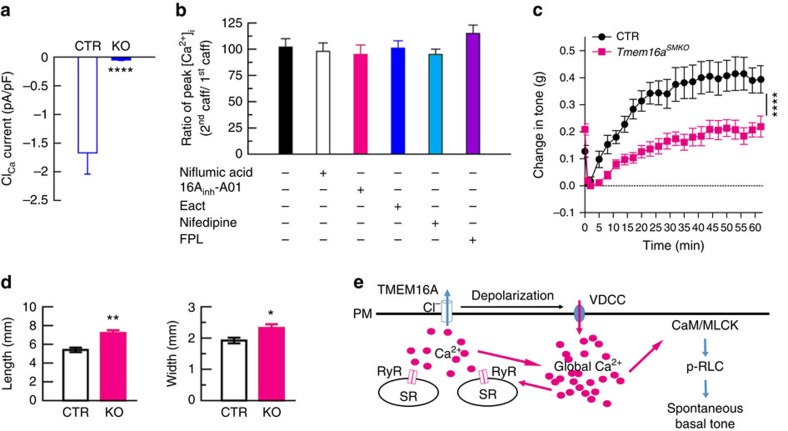Figure 5. TMEM16A deletion impairs IAS smooth muscle function and faecal defecation.
(a) Caffeine (10 mM)-induced ClCa currents at the holding potential of −70 mV in IAS-SMCs from control and Tmem16aSMKO mice. ****P<0.0001 KO versus CTR by two-tailed Student's t-test, n=14 for CTR and n=12 for KO (An additional five cells did not generated detectable ClCa currents and were excluded in this calculation). (b) Effects of ClCa channel and L-type Ca2+ channel modulators on caffeine-induced Ca2+ rise in IAS-SMCs from Tmem16aSMKO mice. Experiments were carried out with a protocol as described in Fig. 4a. n=7–10 cells. (c) Basal tone in Tmem16aSMKO mice is significantly reduced compared with CTR mice. Bars represent mean±s.e.m., CTR (n=5) versus KO (n=9), ****P<0.0001 by analysis of variance (ANOVA) comparing the sustained phases. (d) Faeces sizes in CTR and Tmem16aSMKO mice. *P<0.05; **P<0.01 by two-tailed Student's t-test, n=8 for each group. (e) A model of the molecular basis of basal tone generation in IAS. See text for the details. CaM/MLCK, camodulin/myosin light-chain kinase; p-RLC, phosphorylated 20-kDa myosin RLC; PM, plasma membrane; RyR, ryanodine receptor; SR, sarcoplasmic reticulum; VDCC, voltage-dependent calcium channel.

